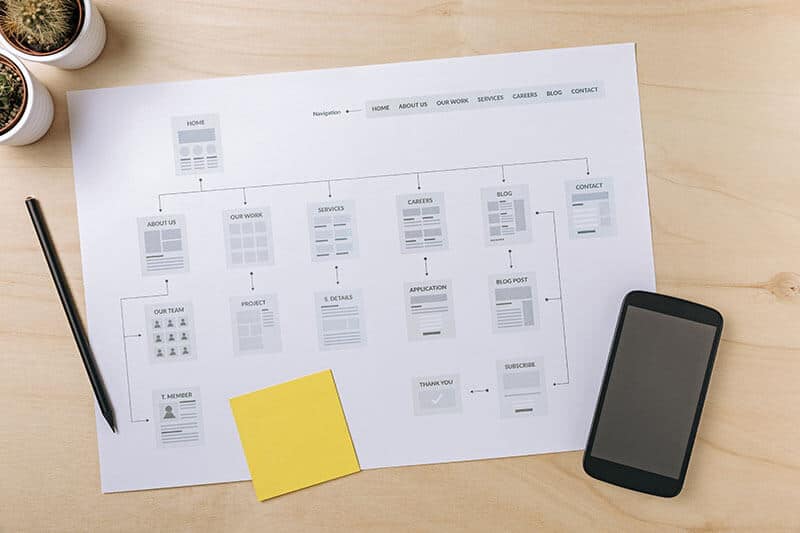Cassandra: Cracking Down on Web Spam
-

Aaron Gray
-
 April 26 , 2023
April 26 , 2023 -
 4 min read
4 min read
Two months after the Boston update on February 2003, Google rolled out Cassandra which targeted websites that practiced link spamming. It mainly focused on excessive cross-linking which involved reciprocal links between co-owned sites. The update also devalued pages that had hidden text or hidden links.
What’s It For

Continuing its efforts to improve the quality of websites in SERPs, Cassandra cracked down on sites that abused the system and manipulated bots with black hat practices such as keyword stuffing and massive link exchanges with pages that belonged to one domain operator.
Here’s a brief look at these two shady practices:
- Keyword Stuffing– Since search engines work by users typing in their query using keywords about topics they want to learn more about, some websites overload their meta tags, visible content, and backlink anchor text with these key terms to manipulate search bots and gain an unfair rank advantage.
- Excessive Cross-Linking – While cross-linking, in itself, is an appropriate SEO tactic, excessive use of this method can lead to your site losing its ranking on Google. It’s done by those with multiple domains to exchange backlinks for each of their pages. The right way to cross-link is to ensure that the pages you’re linking to and from have similar themes or is related one way or another.
What Were Its Effects
Google penalized websites that practiced these unethical tactics since Cassandra led to a significant drop in rankings for them. Several webmasters felt the impact which proved the search engine’s seriousness in providing high-quality user experience with trustworthy and relevant sites in the results pages. Nonetheless, it did improve the quality of pages that came up for search terms afterward.
What It Means For You
It’s common knowledge that you should avoid black hat SEO practices for your website since it can lead to devaluation. Instead, focus on these four crucial factors that influence a website’s rank on SERPs which emerged from Cassandra: link or anchor text, navigational structure, page title, links from external sources.
These are the four crucial factors and how they affect SEO now:
1. Anchor Text
An anchor text is a clickable word or phrase that houses your link in your content. It gives users a description or context of what awaits them when they click on the words. It impacts your SEO since the terms you use for it influences the ranking that your page will receive on search engines. Plus, it contributes to the user experience by providing your posts with clean and readable text.
Optimize your anchor text by:
- Maintaining Relevance – The words you anchor your link to should match the topic or content of the page. If you have a link that leads to an article about your health products, then it makes more sense if you include that hyperlink in a blog post about exercise or dieting.

- Incorporating Variation – There are several types of anchor texts such as exact match, phrase match, brand name, and generic. You should use all of these kinds for your link building campaign since focusing on only one can trigger Google’s spam filter.
2. Navigational Structure
The way your website is structured also affects how Google ranks it. More than just sketching how your pages would look like, you must create a flowchart, also called a sitemap, which allows you to organize how you’ll guide your visitors through your domain. You need to strike a balance between creating a positive experience for your users while simultaneously, and subtly, leading them to top priority materials that you want them to read.

3. Page Title
Also known as a title tag, the page title is a concise description of a web page that informs search bots and humans alike about the general theme of a particular post. It’s located at the top of browser windows and in SERPs. An optimized page title must incorporate the main keywords for better crawling. Technically, there’s no limit to this tag, but it’s recommended to stay within 70 characters or lower so that it’s still readable when the link pops up in Google’s results pages.

4. Backlinks
Backlinks pertain to incoming links from an external website that can be likened to a citation. This element helps with your SEO efforts because it facilitates search bots’ discovery of your site. Search engines find new pages by retracing backlinks from existing pages. Once they’ve found you as a source of particular information, they can then crawl more easily through your domain and index your content more effectively.


